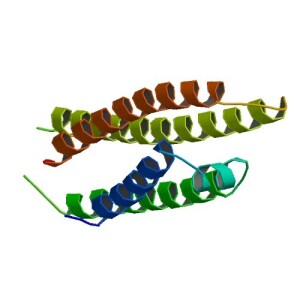by
Brendon Nafziger, DOTmed News Associate Editor | December 21, 2010
Scientists say they might be closing in on a protein biomarker that might one day allow an inexpensive blood test to pick up risk factors for Alzheimer's disease.
In the study appearing Monday in Journal of Alzheimer's Disease, researchers with the National Institute on Aging said the protein is associated with the level of beta amyloid deposits in the brain as detected by PET scans.
Intriguingly, the blood protein is also produced by a gene linked with risk for late-onset Alzheimer's, the most common form of the disease, which strikes those over 65.
"[W]e may be able to develop a blood test that provides a less invasive, inexpensive method that helps to detect the early pathological changes of Alzheimer's disease," said lead researcher Dr. Madhav Thambisetty, with the NIA, in prepared remarks.
For the study, the researchers used proteomics technology to study hundreds of proteins in blood samples drawn from 57 healthy older adults. They also gave the patients PET brain scans using
Pittsburgh Compound-B, a radiotracer that binds to amyloid plaque deposits. Based on post-mortem studies, most researchers believe the build-up of protein fragments known as beta amyloid deposits in the brain leads to, or at least is deeply linked to Alzheimer's.
The scientists found people with high levels of the protein apolipoprotein E, or ApoE, in the blood had significantly greater beta amyloid deposits in the medial temporal lobe, a part of the brain linked with memory function.
ApoE protein is produced by the APOE gene, the most important genetic risk factor known for Alzheimer's. Scientists aren't sure why it's a risk factor, but they suspect a variant, known as the e4 allele, might help create amyloid clumps. This APOE variant is also linked to increased risk for memory loss and heart disease.
To see if the results hold up, the researchers now plan to follow up with the volunteers every year to see if ApoE blood levels change over time and how they relate to injuries to the brain.
